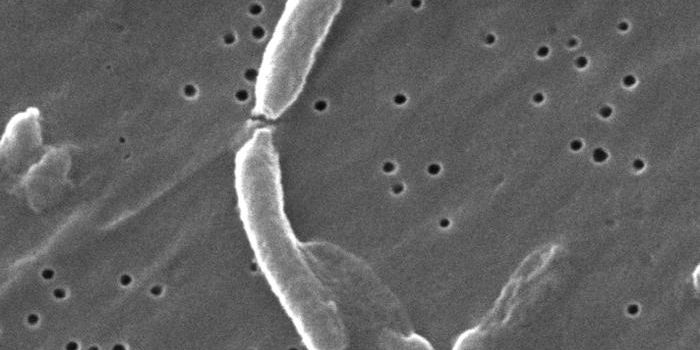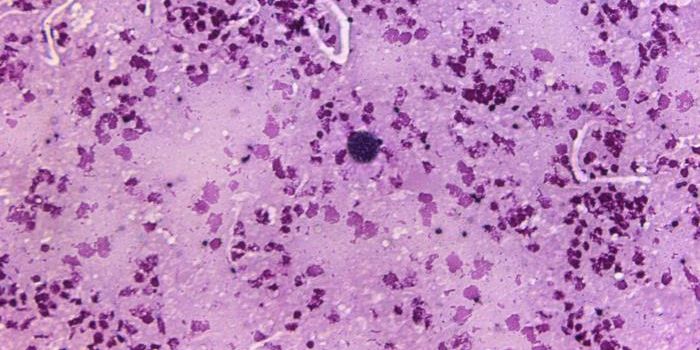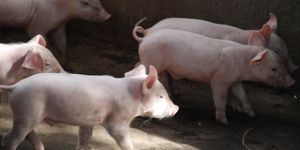Plant-based vaccines?
Until today, I had never, ever heard of a plant-based vaccine.
There are lots of reasons why plant-based vaccines are a good idea. Plants can churn out lots of recombinant proteins, and these proteins aren’t contaminated with animal proteins (or animal pathogens).
Image: Sean Gallup/Getty Images
Plants also make vaccine delivery pretty darn easy. No needle sticks required, just eat a handful of spinach leaves or some slices of potato! (French-fried vaccine, anyone?)
In some ways, plant-based vaccines are superior to those made in chicken eggs, for example. There’s no need to purify the antigenic proteins, and you don’t need specialized equipment to administer the vaccines. In fact, the immune response may even be superior. The antigens are carried to the intestines inside of plant cells. Once in the intestines, M cells take up the antigens and mount a systemic immune response.
In reality, though, there’s only one plant-based vaccine in commercial use - a Newcastle disease vaccine for poultry. While these vaccines aren’t quite ready for primetime, there are a number of clinical trials testing them in humans. Vaccines aside, there are other plant-based products already on the market. There’s human type I collagen that’s made by tobacco plants, bovine trypsin made by maize, and human lysozyme and lactoferrin made by rice.
So, what sorts of plant-based vaccines are in the pipeline? Let’s start with hepatitis B. The hepatitis B virus (HBV) is transmitted by body fluids and infects the liver. (Yes, there’s a traditional hepatitis B vaccine, but a plant-based one would be ideal for developing countries.) In one study, researchers produced an HBV surface antigen in lettuce. Human volunteers ate the lettuce leaves over 2 months, and the subjects produced transient levels of IgG. However, the vaccine didn’t produce significant levels of secretory IgA, which is required for effective protection.
Then there’s the flu. One problem with the typical flu vaccine is that production levels are limited - a 2011 report claimed that only 1.42 billion doses of the trivalent vaccine could be produced with chicken eggs.
Luckily, research into plant-based flu vaccines has seen some success. This is probably because the haemagglutinin (HA) protein is expressed well in plants, and it folds properly. In fact, the virus-like particles (VLPs) produced by plant cells are more antigenic than the inactivated virus. One study tested the HA-containing VLPs in adults between 18 and 60 years old. (This vaccine was injected because flu is a respiratory pathogen.) Nearly 96% of participants mounted an immune response after vaccination, making plant-based flu vaccines appear promising.
Plants aren’t just good for making vaccines, they’re also good for making therapeutic antibodies. In 2012, the US Food and Drug Administration approved a therapeutic enzyme for Gaucher disease - glucocerebrosidase - that is produced in carrots. This plant-produced enzyme is actually better than the one made in animal cells because it is naturally mannosylated, a modification that helps it to be taken up by macrophages.
Nothing is without risk, however.
Oral plant-based vaccines may actually cause allergic reactions. In contrast, they may also induce oral tolerance by activating T-regulatory cells, essentially making the vaccine useless. As with all transgenic plants, there’s the issue of plants escaping the lab and passing recombinant genes on to wild plants. And, there’s also the chance that transgenic plants could be eaten by wild animals, producing unforeseen consequences.
Sources: Virology Journal, Plant Biotechnology Journal, and Journal of Botany









